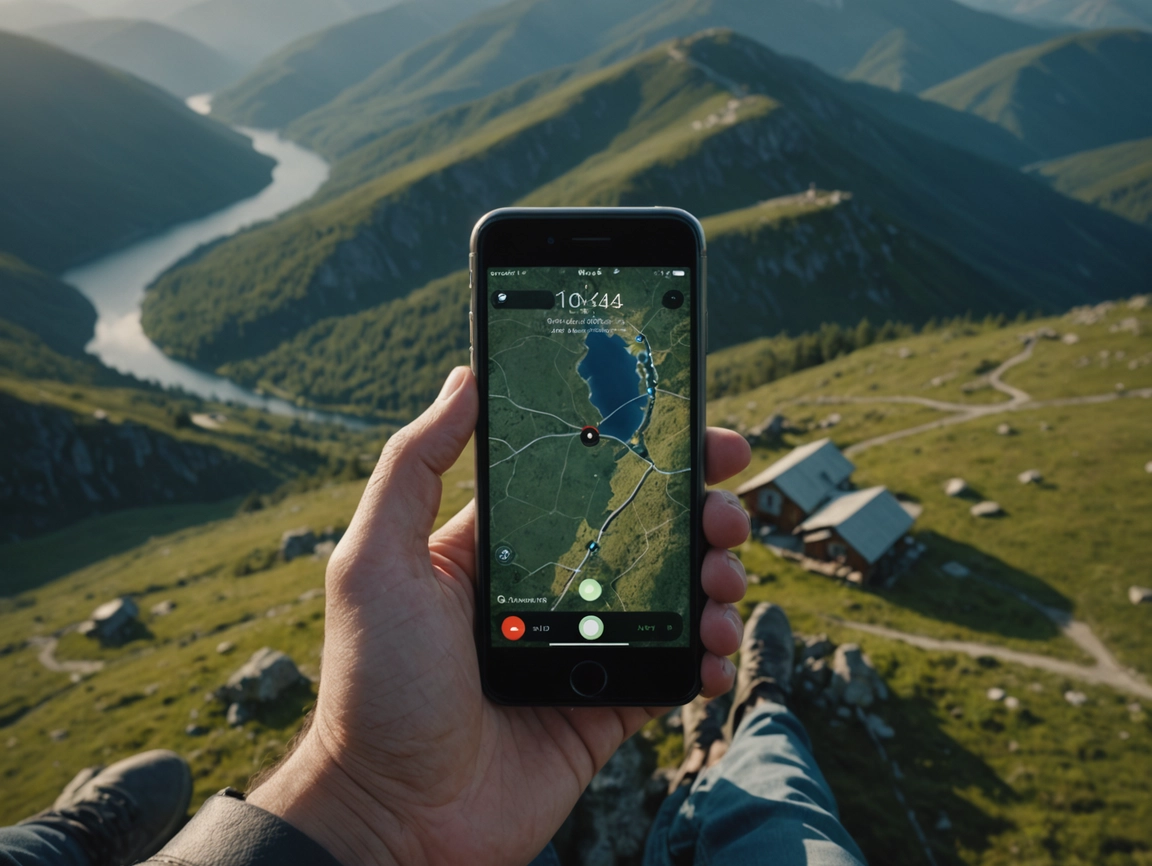Top Insights
© Copyright 2024 - 2025 Privacy01. All rights reserved powered by Privacy01.com
News
 scsecNovember 11, 20251 Mins read14 Views
scsecNovember 11, 20251 Mins read14 Views
Apple’s Next iPhones Set to Unlock Full Satellite Connectivity

Apple is reportedly working to expand the satellite capabilities of its next iPhones, and the changes aim to make devices much more reliable in areas without cellular service. Digital Information World
What’s new?
- Apple plans to add an offline version of Apple Maps that relies on satellite signals instead of Wi‑Fi or mobile connections. This will let users navigate remote regions where normal service drops. Digital Information World
- The satellite messaging feature may evolve: beyond text, Apple intends to allow photo sending via satellite. Useful for travellers, hikers and anyone in signal‑dead zones. Digital Information World
- Developers may gain access to a new API that allows third‑party apps to use satellite connectivity when typical networks fail. Only certain services might qualify, but it marks a shift away from Apple’s historically closed satellite usage. Digital Information World
- A major hardware upgrade could come with the 2026 iPhone lineup: support for 5G Non‑Terrestrial Networks (5G NTN). That means satellites could link directly with cell towers to extend coverage beyond traditional networks. Digital Information World
- Apple is working on an internal code‑name “natural usage,” meaning users might no longer need to point their phones toward the sky: satellite links should work even when indoors, in a car, or in a pocket. Digital Information World
- The company’s partner in satellite infrastructure is Globalstar, which Apple has already invested in. There’s speculation that SpaceX might acquire Globalstar, accelerating upgrades. Digital Information World
- While current satellite features are offered free, Apple is reportedly exploring subscription models or carrier partnerships for future services—but it does not plan to become a carrier itself. Digital Information World
- The overall message: Apple wants its iPhones to stay connected even when cell towers aren’t around













Leave a comment